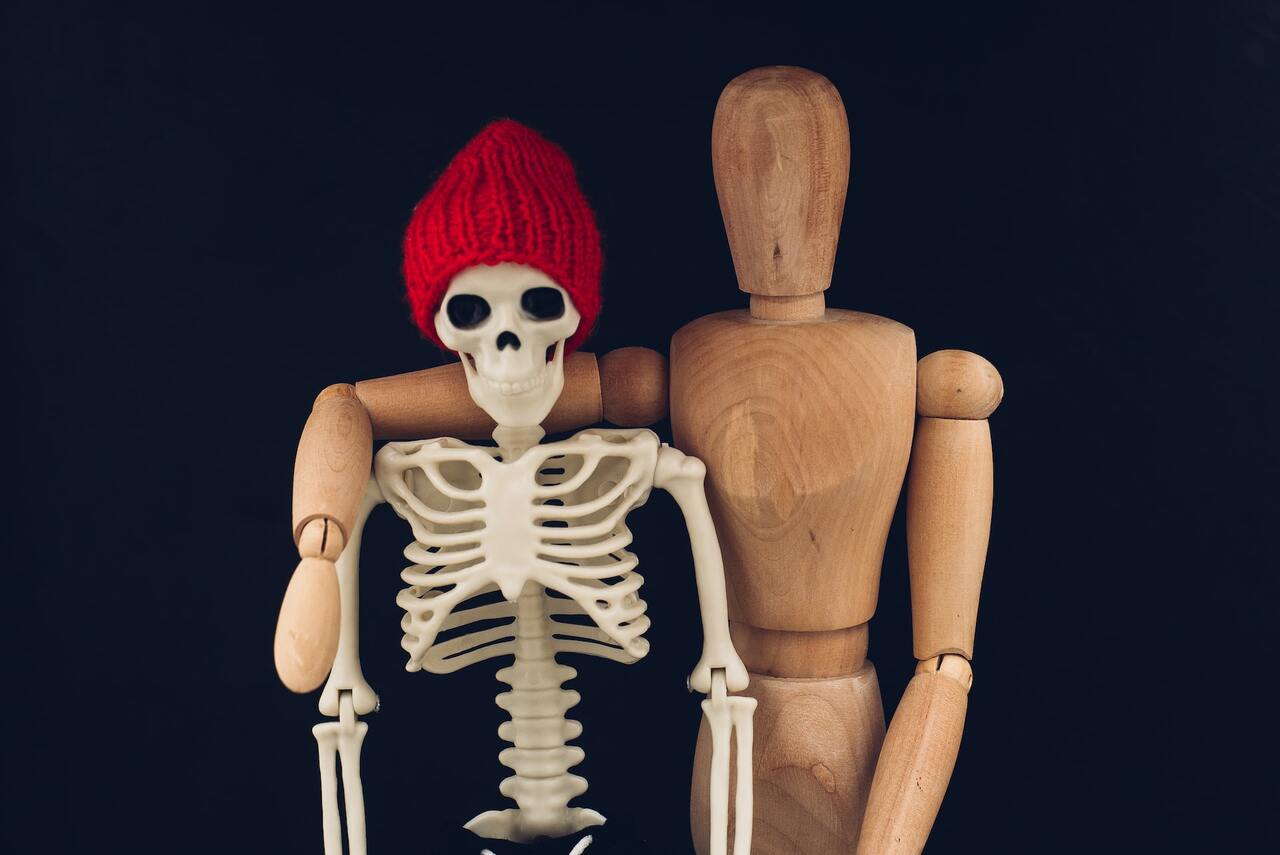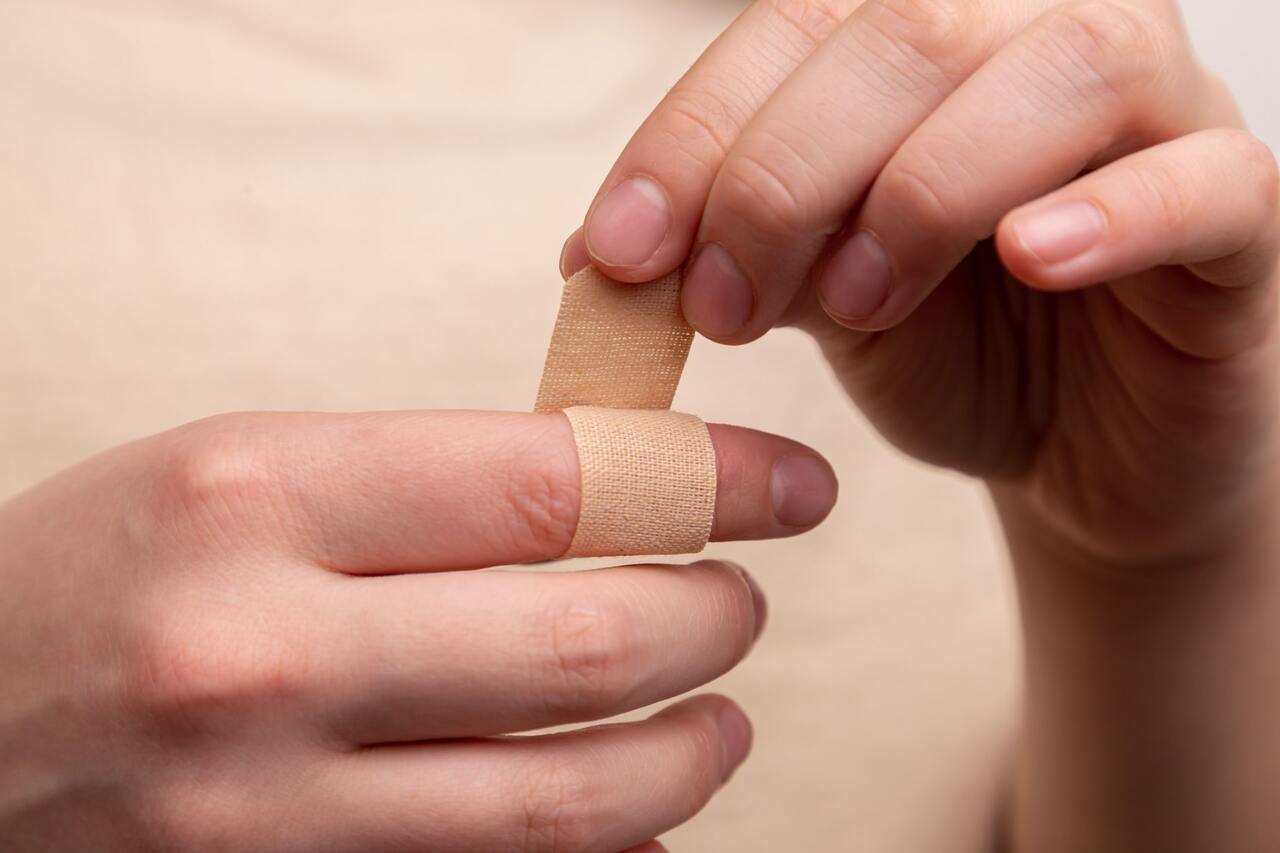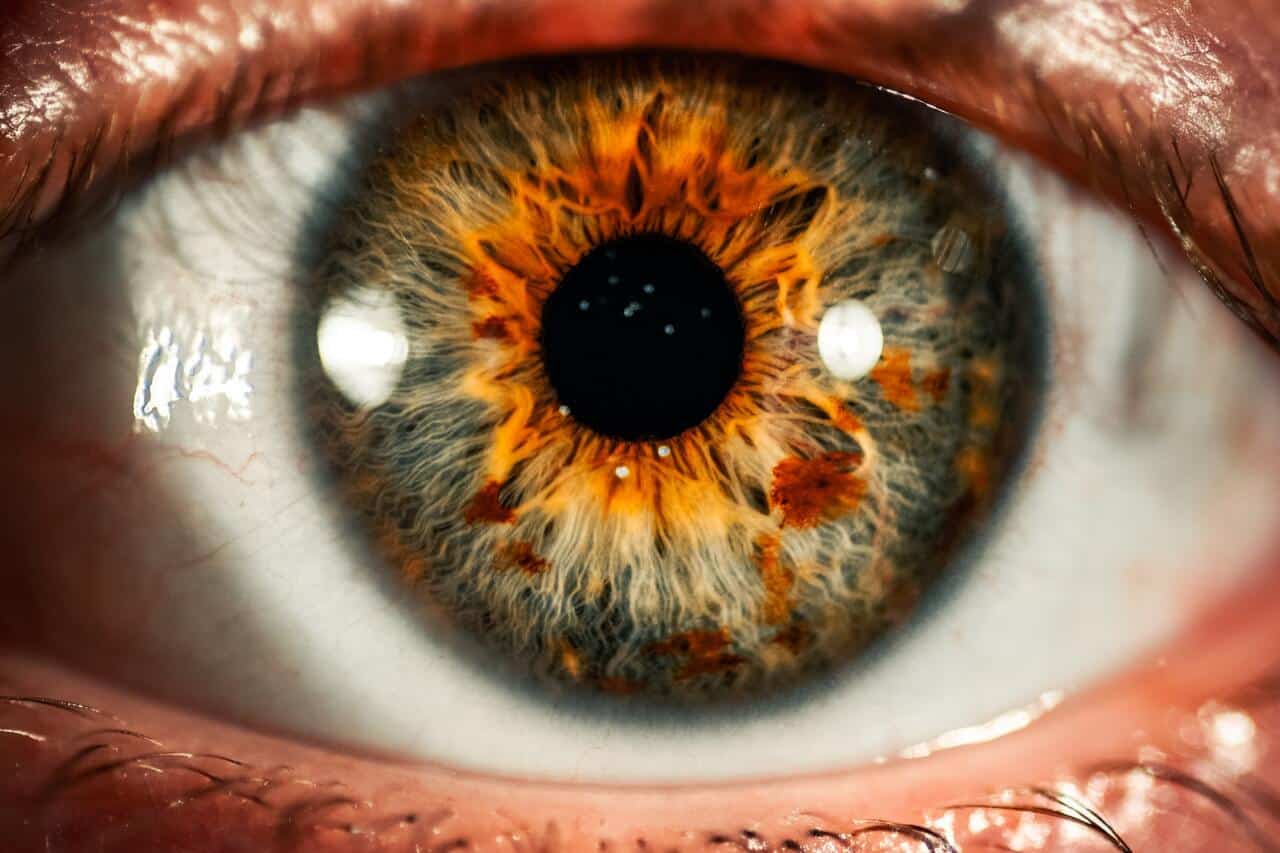
From Head to Toe: Body Parts in Spanish
DATE:
If you ever decided to travel to a Spanish-speaking country, being able to talk about your body parts is pretty essential, in case you accidentally hurt yourself.
What do you do if you twist your ankle or your cut your hand and you don’t know how to explain anything?
Well, that’s why we’re here. In this article, we’ll be going over a list of all the body parts in Spanish, as well as going over how to talk about the parts of the body.
At the end of the article, you’ll also learn a couple of useful Spanish idioms using body parts.
So hang tight and get ready to learn everything you need to know about el cuerpo humano.
List of body parts in Spanish
|
Español |
English |
|---|---|
|
La cabeza |
Head |
|
El cerebro |
Brain |
|
El pelo |
Hair (both head + body) |
|
El cabello |
Hair (only head) |
|
Los ojos |
Eyes |
|
Las pestañas |
Eyelashes |
|
La cara |
Face |
|
La nariz |
Nose |
|
La boca |
Mouth |
|
La barba |
Beard |
|
Las cejas |
Eyebrows |
|
La barbilla |
Chin |
|
El oído |
Inner ear |
|
La oreja |
Outer ear |
|
La mejilla |
Cheek |
|
Los dientes |
Teeth |
|
La lengua |
Tongue |
|
El cuello |
Neck |
|
La garganta |
Throat |
|
El corazón |
Heart |
|
Los pulmones |
Lungs |
|
El pecho |
Chest |
|
El torso |
Torso |
|
El abdómen |
Abdomen |
|
La barriga |
Belly |
|
El estómago |
Stomach |
|
Los hombros |
Shoulders |
|
El brazo |
Arm |
|
El codo |
Elbow |
|
La muñeca |
Wrist |
|
La mano |
Hand |
|
El dedo |
Finger |
|
El pulgar |
Thumb |
|
La espalda |
Back |
|
La cadera |
Hips |
|
El culo |
Butt |
|
Las nalgas |
Buttcheeks |
|
La pierna |
Leg |
|
La rodilla |
Knee |
|
El tobillo |
Ankle |
|
El pie |
Foot |
|
Los dedos del pie |
Toes |
How to talk about body parts
So now that you know a ton of words about the human body, you have to figure out how to use this new Spanish vocabulary.
The truth is, knowing the word for a body part is only half the work. That’s because Spanish speakers reference their bodies in a very different way than we do in English.
Let’s look at some specific elements you should know when talking about body parts in Spanish.
Articles, not possessive adjectives
When talking about body parts in Spanish, there is one major difference that you should be aware of. When referencing the body, we always used the definite article in Spanish and not the possessive.
This means that there are some grammar implications for this. Let’s say you go to the Optometrist, they’re going to say to you:
Abre los ojos, NOT Abre tus ojos.
One reason for this is because it should be obvious that they’re your eyes, so the possessive adjective is redundant.
For now, just remember that 95% of the time, we’re going to be using a definite article with body parts.
Doler / Picar / Escocer

All of these verbs are great ways to talk about different things that happen to the body. Aches and pains are common, so if we ever go to the hospital in a Spanish-speaking country, we should be able to describe what’s happening.
Doler (to hurt) is the most common verb you’ll need to use. Let’s look at a couple of examples:
- Me duelen los brazos. – My arms hurt.
- ¿Te duele la barriga? – Does your belly hurt?
Notice here how the verb doler gets conjugated with the body part that hurts, not the person. So a singular body part would result in “duele”, whereas plural body parts in Spanish go with “duelen”.
So how do we know who is the person in pain? You change the object pronoun – me, te, le, nos, os, les.
So you can use this with the other verbs that describe a more specific pain.
- Me pican las manos. – My hands itch.
- Me escuecen los ojos. – My eyes burn/are itchy.
Romper / Torcer / Cortar

Now let’s say you’re really in a bad place and you broke some body parts or twisted an ankle. How can you say that in Spanish?
Pretty simple, we just follow the same rules as before with the definite article. But you have some options in terms of the grammar tense.
The first option is just like you normally do with verbs, using “se” plus the verb to indicate something happened to you.
- Se rompió la pierna. – He/she broke their leg.
- Me he torcido los tobillos. – I twisted my ankles.
That option is probably very familiar to you since these Spanish words work similarly to English. They usually imply that you broke or hurt yourself as an accident caused by something.
But there is a second option in Spanish to talk about when the parts of the body start hurting for no reason. Did you ever notice that you have aches and pain and you don’t know why? Or maybe you pulled a muscle randomly?
QUICK TIP
For situations like this, all you have to do is use the grammar structure of “se + pronoun + verb”.
- Se me ha roto la rodilla. – My knee broke.
- Se le rompió la uña. – Her nail broke.
In both of these cases, the se impersonal helps explain that either the cause is unknown or it “just happened” to them.
Tener
When you want to talk about your body parts in Spanish with a certain condition, you can use the verb tener, rather than the verb ser or estar (in general).
Some examples will make these easier to see:
- Tienes la cara muy rojita. – Your face is all red.
- Tengo los dientes muy sensibles. – I have very sensitive teeth.
- Tienes la oreja inflamada. – Your ear is swollen.
So you can see, that instead of saying “Your x is…”, you can talk about your body parts in Spanish with the verb tener.
QUICK TIP
This is especially common with temporary conditions, like tengo las manos frías.
You can, however, use ser / estar in some specific situations. But usually, it references you as a person more than referencing one specific body part. For example:
- Estás muy morena. – You’re very tan.
Idioms and Expressions with body parts in Spanish

Naturally, there is a ton of fun expressions using the body parts in Spanish, just like in English. And what better way to practice the parts of the body than by using them in context! So here’s a list of our favorite expressions using the body in Spanish.
Un ojo de la cara
This expression is great because there’s an exact equivalent in English. It means “an arm and a leg”, as in something is incredibly expensive.
- Me encanta el nuevo coche pero me costó un ojo de la cara. – I love my new car but it cost me an arm and a leg.
Echar una mano
We’re going to continue with the easy ones for now. Echar una mano in Spanish means “to lend a hand”, so it works exactly the same in English, as well. Whenever you want to help someone or offer them help, you can use this Spanish expression.
- Tengo que acabar este proyecto, ¿me echas una mano? – I have to finish this project, can you lend me a hand?
Le di la mano y me agarró el brazo
This is a good expression since you’ll learn two body parts in Spanish (and probably the verb agarrar).
It’s used as a warning against people who could take advantage of you. It literally means “I gave him my hand and he grabbed my arm”.
In other words, you would use this expression for the times when you think someone is trusting someone else too much and you think that the second person is going to take advantage of the first person’s generosity.
It’s similar to the English expression, “give them an inch and they’ll take a mile”. Although in English this is only used for people being greedy, whereas this Spanish saying can be for anything people take advantage of.
Hasta las narices

You’ll likely hear this expression often, as well as hear many vulgar variations of this expression.
Hasta las narices in Spanish means “up to my noses”, in other words – absolutely fed up with something.
- Estoy hasta las narices con mi trabajo. – I’m fed up with my job
Why is it narices and not just la nariz? Well, no one really knows. Idioms are weird, sometimes.
Meter la pata
La pata in Spanish means paw, but sometimes it can refer to a person’s leg (la pierna), as well. Apparently, if you start sticking your body parts in places they don’t belong, it means you messed up big time.
- La presentación me ha ido horrible, he metido la pata completamente. – The presentation went horribly, I completely messed it up.
In this case, it’s usually referring to a clumsy or dumb mistake that you make. Maybe you forget your flash drive at home the day of a presentation or you forget to bring your passport to the airport.
Ser cabezón
The –ón endings usually mean “big”, so here we have “big-headed”. So someone who es cabezón is stubborn and hard-headed. This is a great Spanish word to know since you’ll probably run across many cabezones throughout your life.
¡Ojo!
By just saying this one body part, you’re able to use a pretty useful expression. You use this when you want people to pay more attention to something.
This could be when you’re explaining something to a child and they’re distracted or even when someone is crossing the road when there’s a car coming.
So if you need someone’s attention, it makes sense to yell the name of the body parts in Spanish that they most commonly use to do so.
Final note – el dedo del pie
Did you realize that the word for toe is “the finger of the foot”, el dedo del pie? It’s just one of the many curiosities surrounding the human body in Spanish.
But these little facts are what keep learning interesting. You’ll run across tons of little tidbits of information that make the learning process just a little less frustrating.
The good news is that now you’re done! You know (almost) everything there is about body parts in Spanish, so you’re good to go por si se te rompe el brazo on your vacation.
Let’s hope that doesn’t happen, but in the meantime go ahead and sign up for a free private class or a 7-day free trial of our group classes so you can see how much of what you learned got into your brain (el cerebro!)








